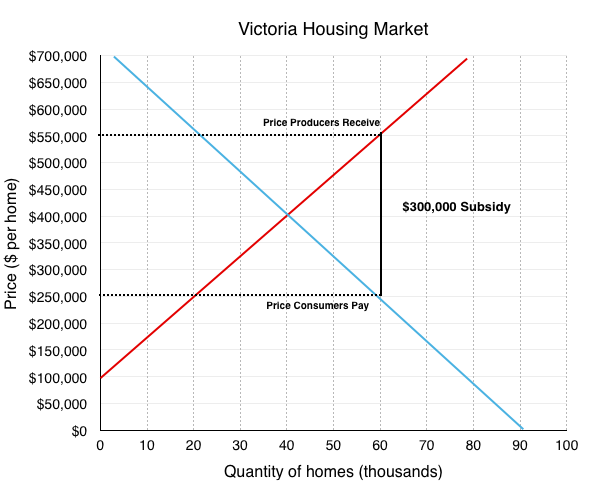A price floor is the lowest legal price that can be paid in markets for goods and services labor or financial capital.
A price floor will decrease profits for sellers.
It is legal minimum price set by the government on particular goods and services in order to prevent producers from being paid very less price.
Price and quantity controls.
The marginal cost of producing a pair of jeans is 25.
Taxation and dead weight loss.
Price floor price ceiling tax.
For example the uk government set the price floor in the labor market for workers above the age of 25 at 7 83 per hour and for workers between the ages of 21 and 24 at 7 38 per hour.
When a price floor is above the equilibrium price select one.
This is the currently selected item.
The most common price floor is the minimum wage the minimum price that can be payed for labor.
It s generally applied to consumer staples.
Suppose the equilibrium price of a physical examination physical by a doctor is 200 and the government imposes a price ceiling of 150 per physical.
Price ceiling equilibrium price price floor.
But this is a control or limit on how low a price can be charged for any commodity.
At a price of 15 you will.
The price will increase.
How price controls reallocate surplus.
A price ceiling is a maximum amount mandated by law that a seller can charge for a product or service.
Price floors are also used often in agriculture to try to protect farmers.
Price ceilings and price floors.
A decrease in the tax rate may cause tax revenues to increase.
Any employer that pays their employees less than the specified.
Minimum wage and price floors.
A price floor is the lowest legal price a commodity can be sold at.
The decisions made by buyers and sellers push the price of a good or service toward the.
Like price ceiling price floor is also a measure of price control imposed by the government.
In other words it measures how much people react to a change in the price of an item a price floor will boost the supplier s profits since the increase in price will cause a disproportionately smaller decrease in demand.
Not change and the price received by sellers will not change.
When marginal taxes are quite low an increase in the tax rate will probably cause tax revenues to decline.
The price will decrease.
Reduces the profits earned by sellers since they must write the check to pay the tax.
The price floors are established through minimum wage laws which set a lower limit for wages.
Thus the additional prices will offset lost sales volume and allow the supplier to increase profitability.
The effect of government interventions on surplus.
Example breaking down tax incidence.


/QuantitySupplied2-98c4fd9fe04e4ec78318d9dd87f2c93e.png)

:max_bytes(150000):strip_icc()/WhyYouCantInfluenceGasPrices3-257334e47bc54cd7a449da9df90814af.png)

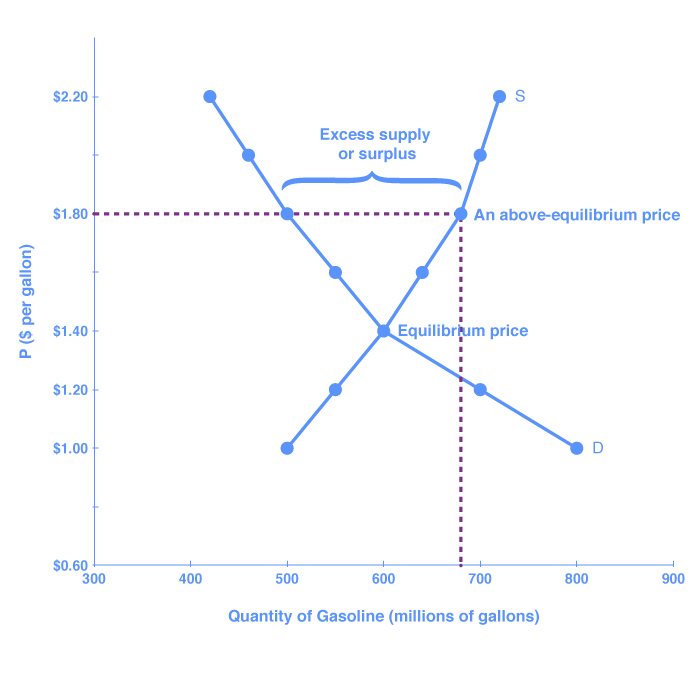

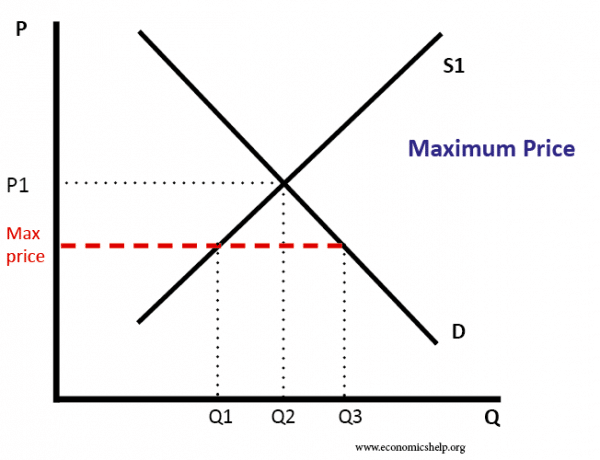


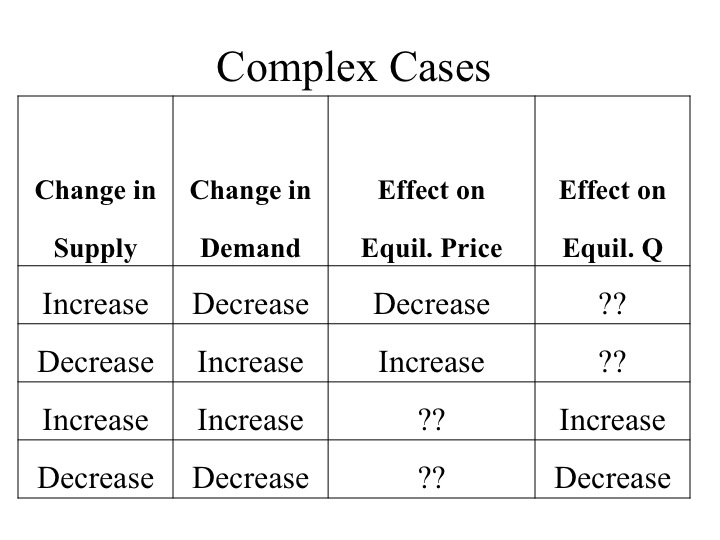
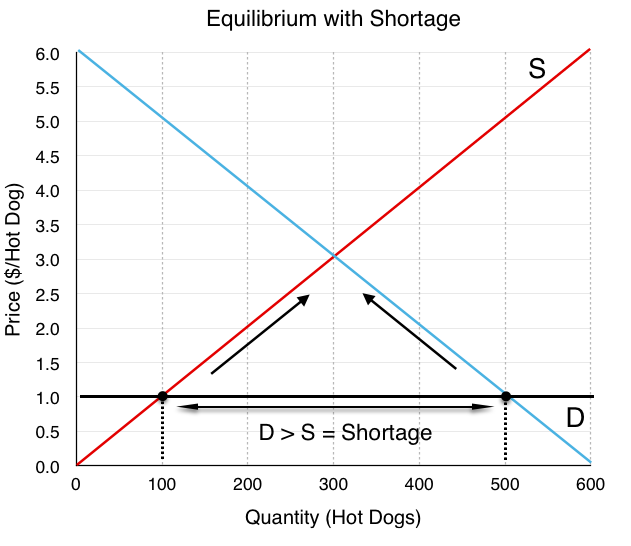




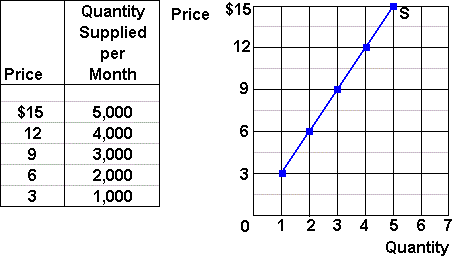


:max_bytes(150000):strip_icc()/dotdash_Final_How_Does_Price_Elasticity_Affect_Supply_Feb_2020-01-08f0b93e209c4c27a601d6a376dd6aff.jpg)





